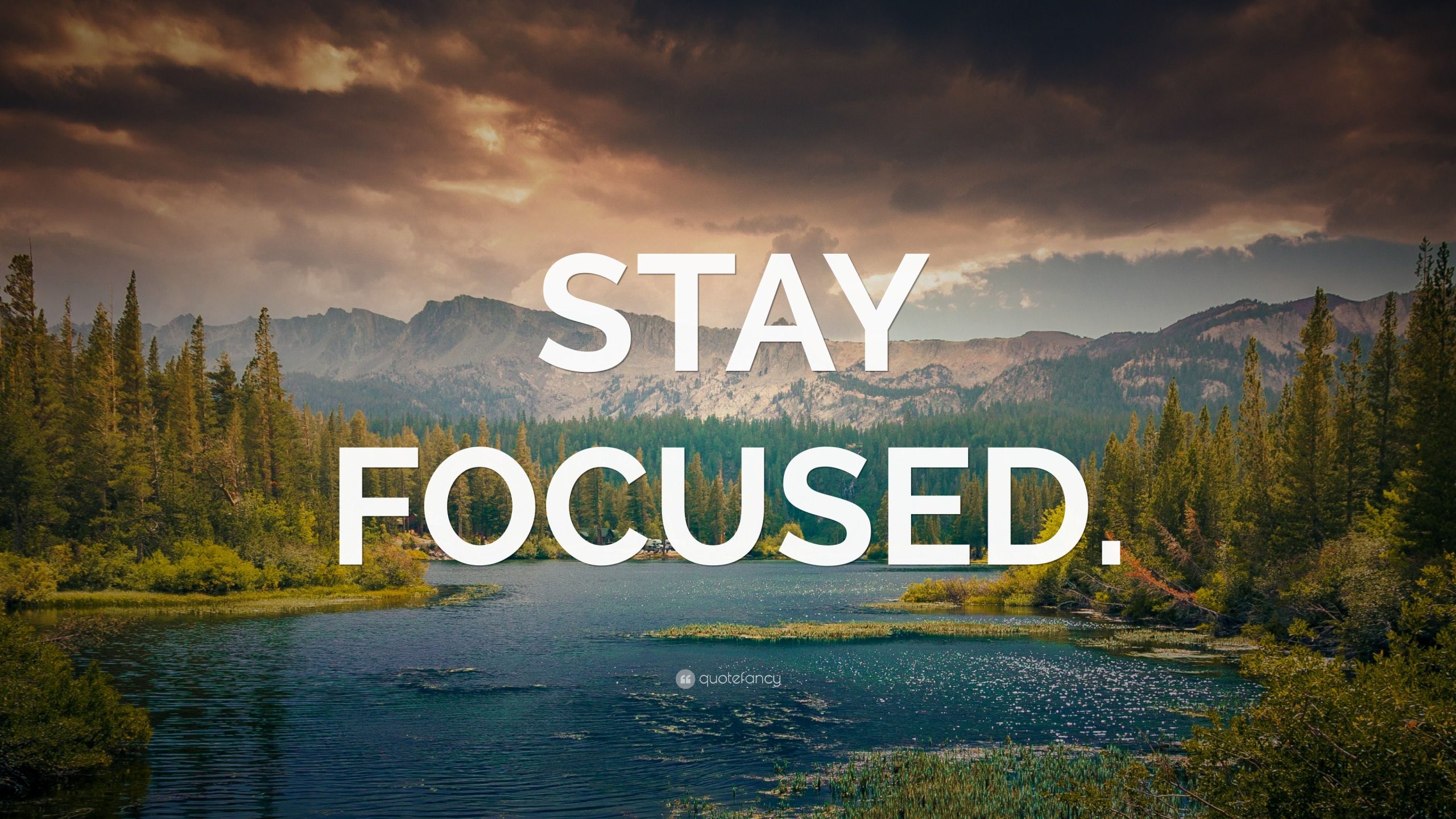
Malaysia, a vibrant jewel nestled in the heart of Southeast Asia, beckons with a captivating blend of ancient traditions, futuristic cities, lush rainforests, and pristine beaches. From the bustling metropolises to serene islands, this diverse nation offers an unforgettable experience for every traveler. Deciding where to stay is the first step in unlocking its treasures. This comprehensive guide will navigate you through Malaysia’s top attractions, delve into its rich history, equip you with essential travel tips, explore diverse accommodation options, detail transportation networks, and reveal the optimal times to visit this captivating land.
A Glimpse into Malaysia’s Storied Past
Malaysia’s history is a fascinating narrative of migration, trade, and cultural fusion. Indigenous tribes, the Orang Asli, have inhabited the land for millennia. The 15th century saw the rise of the Malacca Sultanate, a powerful maritime empire that became a crucial trading hub, attracting merchants from India, China, and the Middle East. This era laid the foundation for Malaysia’s multicultural identity.

Related Articles about Malaysia: A Tapestry of Wonders – Where to Stay and What to Explore:
- Soaring to the Southern Tip: Your Ultimate Guide to Cheap Flights to Cape Town
- The Emerald Isle on a Budget: Your Guide to Cheap Flights and Unforgettable Adventures in Sri Lanka
- Cape Town Calling: Your Ultimate Guide to the Mother City
- Slovenia: A Jewel of Europe – Unveiling its Top Attractions and Essential Travel Guide
- Kuala Lumpur: A Traveler’s Guide to the Dazzling Heart of Malaysia
European colonial powers, notably the Portuguese, Dutch, and British, left their indelible mark from the 16th century onwards. British influence, in particular, shaped the administrative and economic landscape, leading to the formation of the Federated Malay States and the Straits Settlements. World War II brought Japanese occupation, a period of immense hardship, followed by the eventual attainment of independence for the Federation of Malaya in 1957, which later expanded to include Sabah and Sarawak to form Malaysia in 1963. This rich historical tapestry is evident in its architecture, languages, and the harmonious coexistence of diverse ethnicities.
Top Attractions: A Spectrum of Experiences
Malaysia’s allure lies in its remarkable diversity. Here are some of its most sought-after destinations:
1. Kuala Lumpur (KL): The Urban Heartbeat
- Attractions: The iconic Petronas Twin Towers, a symbol of modern Malaysia, offer breathtaking city views. The Batu Caves, a series of limestone caves and temples, are a spiritual pilgrimage site. Explore the vibrant Chinatown (Petaling Street) for street food and shopping, and the historic Merdeka Square (Independence Square). The KL Tower provides panoramic vistas, while the Islamic Arts Museum Malaysia showcases exquisite Islamic art. For nature lovers, the Perdana Botanical Garden offers a tranquil escape.
- History: KL’s rapid development began in the mid-19th century as a tin mining town, growing into the nation’s capital. Its colonial past is visible in buildings around Merdeka Square.
2. Penang: The Culinary and Cultural Epicenter

- Attractions: George Town, a UNESCO World Heritage Site, is a living museum of colonial architecture, vibrant street art, and a melting pot of cultures. Indulge in Penang’s legendary street food scene, from Char Kway Teow to Assam Laksa. Visit the Kek Lok Si Temple, one of the largest Buddhist temples in Southeast Asia, and the Penang Hill for stunning views. Explore the Clan Jetties, traditional wooden houses built on stilts over the water.
- History: Penang was established as a British trading post in 1786, attracting a diverse population that contributed to its rich cultural heritage.
3. Langkawi: The Jewel of Kedah
- Attractions: This archipelago of 99 islands is renowned for its pristine beaches like Pantai Cenang and Tanjung Rhu. The Langkawi Sky Bridge and Cable Car offer spectacular views of the rainforest and the Andaman Sea. Explore the Kilim Karst Geoforest Park with its dramatic limestone formations and mangrove ecosystems. Langkawi is also a duty-free island, making it a popular shopping destination.
- History: Langkawi has a rich history of legends and folklore, famously the legend of the princess Mahsuri. Its strategic location made it a point of interest for traders and pirates in the past.
4. Borneo (Sabah & Sarawak): The Land of Indigenous Cultures and Rainforests
- Sabah:
- Attractions: Mount Kinabalu, Southeast Asia’s highest peak, offers a challenging climb and unparalleled views. Sepilok Orangutan Rehabilitation Centre provides a chance to see these incredible primates in their natural habitat. Explore the Kinabatangan River for wildlife spotting, including proboscis monkeys and pygmy elephants. Visit the vibrant Gaya Street Sunday Market in Kota Kinabalu.
- History: Sabah has a history influenced by various kingdoms and colonial powers, including the British North Borneo Company. Its indigenous communities have preserved unique traditions.
- Sarawak:
- Attractions: Kuching, the capital, is known as the "Cat City" and boasts a charming waterfront and the Sarawak Museum. Explore the ancient Niah Caves and the Mulu National Park, a UNESCO World Heritage Site featuring spectacular caves and karst formations. Immerse yourself in the culture of the indigenous Iban longhouses.
- History: Sarawak was ruled by the "White Rajahs" of the Brooke dynasty for over a century, leaving a distinct historical and architectural legacy.
5. Cameron Highlands: A Tranquil Hill Station
- Attractions: This cool mountain retreat is famous for its rolling tea plantations, strawberry farms, and lush forests. Visit the BOH Tea Plantation and Cameron Valley Tea House for scenic views and delicious tea. Explore the Mossy Forest for a unique ecosystem and enjoy hiking trails.
- History: Developed by the British as a hill station to escape the heat of the plains, it retains a colonial charm with its Tudor-style buildings and manicured gardens.
6. Malacca (Melaka): A UNESCO World Heritage City
- Attractions: This historical port city is a UNESCO World Heritage Site, brimming with colonial architecture from Portuguese, Dutch, and British eras. Explore Stadthuys, the iconic red Dutch administrative building, Christ Church, and A Famosa, the ruins of a Portuguese fortress. Wander along Jonker Street for antique shops and vibrant nightlife.
- History: Malacca was a major trading port from the 15th century and was colonized by the Portuguese, Dutch, and British, leaving a rich cultural and architectural legacy.
Travel Tips for a Seamless Malaysian Adventure
- Visa Requirements: Check the latest visa regulations for your nationality. Many nationalities receive visa-free entry for short stays.
- Currency: The Malaysian Ringgit (MYR) is the official currency. ATMs are widely available in cities, and credit cards are accepted in most hotels and larger establishments.
- Language: Bahasa Malaysia is the official language. English is widely spoken, especially in tourist areas and business circles. Malay, Chinese dialects (Mandarin, Cantonese, Hokkien), and various indigenous languages are also spoken.
- Religion: Islam is the official religion, but Malaysia is a multireligious country with significant Buddhist, Hindu, Christian, and Taoist populations. Dress modestly when visiting religious sites.
- Etiquette: Malaysians are generally polite and respectful. It’s customary to remove your shoes before entering someone’s home or a place of worship. Use your right hand for eating and handing over items.
- Health: Consult your doctor about recommended vaccinations. Drink bottled water to avoid stomach upsets.
- Safety: Malaysia is generally a safe country for tourists. Exercise standard precautions against petty theft in crowded areas.
- Connectivity: Wi-Fi is readily available in hotels, cafes, and public spaces. Purchasing a local SIM card is also an affordable option for data and calls.
Accommodation Options: A Bed for Every Budget and Style
Malaysia offers a diverse range of accommodation to suit every traveler’s needs and budget:
- Luxury Hotels: World-class hotels are abundant in major cities like Kuala Lumpur, Penang, and on islands like Langkawi. Expect impeccable service, stunning views, and extensive amenities. Brands like The Ritz-Carlton, Mandarin Oriental, and Shangri-La are prominent.
- Boutique Hotels: These offer a more intimate and personalized experience, often with unique designs and a focus on local charm. They are prevalent in heritage areas like George Town and Melaka.
- Mid-Range Hotels: Comfortable and well-equipped hotels are available throughout the country, offering good value for money. They typically provide essential amenities like air conditioning, private bathrooms, and Wi-Fi.
- Budget Hotels & Hostels: For backpackers and budget-conscious travelers, a wide array of affordable guesthouses and hostels are available. These are great for meeting fellow travelers and often offer dormitory-style rooms or basic private rooms.
- Resorts & Beachfront Bungalows: Islands like Langkawi and the east coast islands (though some are affected by monsoons) offer idyllic resorts ranging from family-friendly complexes to secluded private villas, perfect for a relaxing beach getaway.
- Homestays: For an authentic cultural experience, consider homestays, particularly in rural areas or in Borneo. This allows you to live with local families and immerse yourself in their daily life.
- Serviced Apartments: Ideal for longer stays or families, serviced apartments offer the convenience of a hotel with the space and facilities of an apartment.
Getting Around Malaysia: Navigating the Nation
Malaysia boasts an efficient and well-connected transportation network:
- Air Travel: For covering long distances, especially between Peninsular Malaysia and Borneo, flying is the most practical option. Malaysia Airlines, AirAsia, and Malindo Air are major carriers. Major airports include Kuala Lumpur International Airport (KLIA), Penang International Airport, and Kota Kinabalu International Airport.
- Trains: The Keretapi Tanah Melayu (KTM) Berhad operates a comprehensive rail network across Peninsular Malaysia. The ETS (Electric Train Service) is the fastest option, connecting major cities like KL, Ipoh, and Penang. Scenic journeys are also available.
- Buses: An extensive network of air-conditioned buses connects virtually every town and city in Malaysia. This is a budget-friendly and convenient way to travel, with services ranging from executive coaches to local buses. Companies like Plusliner and Transnasional are popular.
- Taxis & Ride-Sharing: Taxis are readily available in cities. Ride-sharing apps like Grab are very popular and offer a convenient and often cheaper alternative to traditional taxis.
- Car Rental: Renting a car provides flexibility, especially for exploring rural areas or national parks. International Driving Permits are usually required. Roads in Peninsular Malaysia are generally well-maintained.
- Ferries: Ferries are essential for island hopping, connecting Peninsular Malaysia to islands like Langkawi and Penang, and also for travel between islands within archipelagos.
- Local Transportation: Within cities, you’ll find local buses, LRT (Light Rail Transit), Monorail (in KL), and taxis. In heritage cities like George Town and Melaka, trishaws offer a charming way to see the sights.
Best Time to Visit Malaysia: Chasing the Sun and Avoiding the Rain
Malaysia’s equatorial climate means it’s generally warm and humid year-round. However, there are distinct monsoon seasons that can affect travel, particularly to certain regions:
-
West Coast (Peninsular Malaysia – e.g., Penang, Langkawi, Kuala Lumpur):
- Best Time: December to February (dry season) offers pleasant temperatures and less rainfall, ideal for beach activities and sightseeing.
- Shoulder Seasons: March to May and September to November can also be good, with occasional showers but generally warm weather.
- Monsoon Season: June to August can be hot and humid with afternoon thunderstorms. October to November can see heavier rainfall, particularly on the east coast, but the west coast is usually less affected.
-
East Coast (Peninsular Malaysia – e.g., Perhentian Islands, Tioman Island):
- Best Time: March to October (dry season) is ideal for visiting these islands, with calm seas and excellent diving/snorkeling conditions.
- Monsoon Season: November to February sees heavy monsoon rains and rough seas, leading to many resorts and ferry services closing down.
-
Borneo (Sabah & Sarawak):
- Best Time: March to October is generally considered the dry season, though rain can occur year-round. This period is best for trekking Mount Kinabalu and wildlife viewing.
- Shoulder Seasons: November to February can see more rainfall, but it doesn’t typically disrupt travel significantly, especially in cities.
General Considerations:
- Festivals: Malaysia celebrates a multitude of festivals, including Chinese New Year (Jan/Feb), Hari Raya Aidilfitri (dates vary), Deepavali (Oct/Nov), and Christmas (Dec 25). Visiting during these times offers a unique cultural experience, but expect crowds and higher prices.
- Heat and Humidity: Regardless of the season, expect high temperatures and humidity. Stay hydrated and plan outdoor activities for cooler parts of the day.
Conclusion: Your Malaysian Adventure Awaits
From the glittering skyscrapers of Kuala Lumpur to the ancient rainforests of Borneo and the idyllic beaches of Langkawi, Malaysia offers a captivating journey for every traveler. Understanding where to stay, what to see, and how to navigate this diverse nation will ensure your Malaysian adventure is rich, rewarding, and unforgettable. Pack your bags, open your mind, and prepare to be enchanted by the warm hospitality, vibrant culture, and breathtaking beauty of Malaysia.





